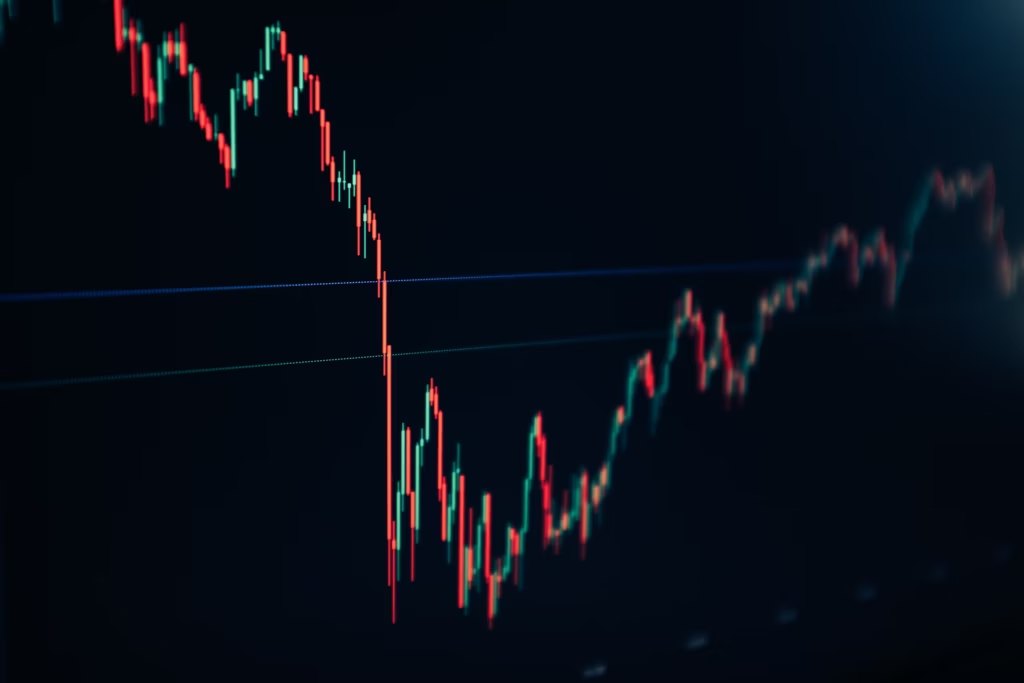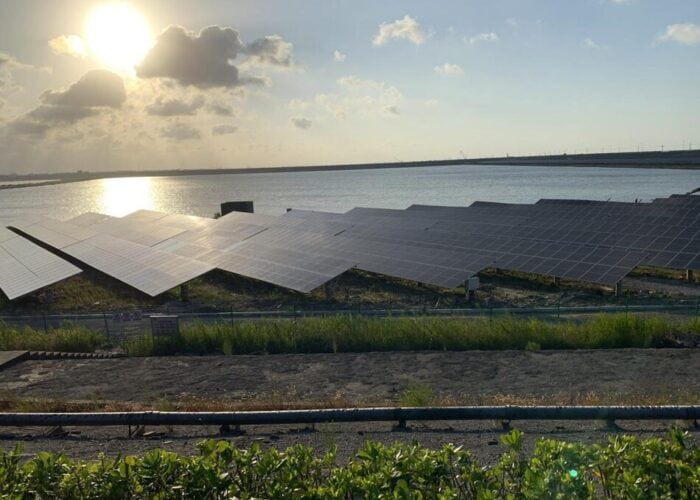
US president Donald Trump’s announcement of “reciprocal” tariffs has triggered falls in the stock prices of major Chinese solar PV manufacturers.
On April 2, US president Donald Trump announced that the US would impose “reciprocal tariffs” on almost all countries worldwide, including additional tariffs exceeding 30% on China and several Southeast Asian nations. China swiftly announced reciprocal countermeasures, imposing a 34% retaliatory tariff on US goods.
Unlock unlimited access for 12 whole months of distinctive global analysis
Photovoltaics International is now included.
- Regular insight and analysis of the industry’s biggest developments
- In-depth interviews with the industry’s leading figures
- Unlimited digital access to the PV Tech Power journal catalogue
- Unlimited digital access to the Photovoltaics International journal catalogue
- Access to more than 1,000 technical papers
- Discounts on Solar Media’s portfolio of events, in-person and virtual
Or continue reading this article for free
The tariff announcement triggered significant financial market turmoil in China on the morning of April 7. The Shanghai Composite Index fell by over 6%, the Shenzhen Component Index declined by more than 8%, and the ChiNext Index plunged nearly 10%. The solar equipment sector also suffered heavy losses, with numerous PV stocks hitting the daily limit down.
Shares of leading solar companies including LONGi, JA Solar, Trina Solar, JinkoSolar, Sineng Electric, Solaxpower, and Apsystems plunged by more than 10%.
The US “reciprocal tariffs” included unexpectedly high rates for Southeast Asian countries (e.g., 49% for Cambodia, 46% for Vietnam and 36% for Thailand, etc.).
According to the “Southeast Asia PV Market Research Report,” LONGi held approximately a 20% share of the module market in Southeast Asia in 2024, followed by Trina Solar at 18%, JinkoSolar at 15%, and JA Solar at 12%. European companies such as SolarEdge and SMA are highly competitive in the inverter market.
Among the four Southeast Asian countries, Vietnam leads with the largest module production capacity, exceeding 30GW. Major Chinese companies such as JinkoSolar, LONGi, and JA Solar, as well as local players such as VSUN, all have established production facilities in the region.
| Countries | Solar cell capacity (GW) | PV module capacity (GW) |
| Malaysia | 20.5 | 30.2 |
| Vietnam | 25.3 | 35 |
| Cambodia | 8 | 12 |
| Others | 6 | 13.4 |
Data: Southeast Asia PV Market Research Report
Although direct exports of Chinese PV products to the US account for less than 5% of total shipments, Southeast Asia, the primary destination for Chinese manufacturers’ relocated capacity, supplies over 60% of US imports. The new tariffs will add 15%-20% to the cost of exporting modules from Southeast Asia to the US, driving up domestic US module prices and thereby suppressing demand.
Analysts from CITIC Securities note that since the US market has traditionally been a high-margin market for the renewable energy industry and accounts for a significant proportion of global demand, the tariff hikes will inevitably impact the sector, including the PV industry.
The firm highlights two key questions arising from Trump’s tariffs on all trading partners for the renewable energy sector: First, who will bear the tariff costs? If most of the burden falls on US customers, the decline in gross margins for Chinese renewable energy companies may be limited.
Second, higher tariffs will raise the actual selling prices of lithium cells, PV products, and storage systems in the US, reducing their economic viability and potentially dampening demand. In the long run, expanding local production in the US could be the most effective strategy for renewable energy firms to mitigate tariff pressures.
The “reciprocal tariffs” on multiple countries further intensifies trade protectionism in the PV industry, according to analysts from Ping An Securities.
After the tariff hikes, prices of PV modules and related products in the US are highly likely to rise, leading to an increase in the investment costs of PV plants and potentially restraining end-demand in the short term.







